The Western Ghats are among the most important biodiversity hotspots in the world, and a UNESCO World Heritage Site. The controversial Hubballi-Ankola Railway Line Project (HARP) will destroy some of the last remaining primary forests of the Western Ghats in Uttara Kannada and result in massive, irreversible ecological destruction. This region has already lost 3300 sq km of pristine forests, and stands to lose more if HARP becomes a reality. No amount of mitigation will compensate for the loss of biodiversity and ecosystem services. Although rejected many times in the past by various statutory authorities, the Karnataka government cleared this disastrous project in March 2020 through its State Board for Wildlife (SBWL), despite opposition from several of its members. Now, approval is pending before the National Board for Wildlife (NBWL). Please join our petition requesting the NBWL to reject the project permanently.
Background
The ancient forests of the Western Ghats are truly unique. Home to hundreds of globally threatened species, these forests feature exceptionally high levels of biological diversity. Many plants and animals found here are found nowhere else on earth. The Western Ghats also provide ecosystem services critical to human well-being, including temperature and rainfall regulation, pollination, soil stabilization and clean air. Most critically, dozens of rivers that meet the needs of tens of millions of people originate here. The Western Ghats have already lost 35-40% of forest cover over the last century to mines, dams, roads, railway lines, and power projects. Any further forest loss will reduce the few remaining large forest patches to small degraded ones, decimating populations of globally unique flora and fauna, and disrupting crucial ecosystem services. This will harm forest and river health, and affect the livelihood and well-being of millions of people.
A Disaster in the Making
Approximately 70% (120km) of the proposed railway line will cut across the Western Ghats (WG), passing through Bedthi Conservation Reserve, close to Dandeli Hornbill Conservation Reserve and the buffer zone of Kali Tiger Reserve, resulting in the felling of about 2 lakh trees. In the past, this detrimental project was rejected numerous times by statutory government agencies, such as the Forest Advisory Committee, Ministry of Environment and Forests, National Tiger Conservation Authority, Chief Conservator of Forests and the Central Empowered Committee to the Supreme Court. But the project was put forth yet again during the meeting of the State Board for Wildlife (SBWL) on March 20th 2020, and approved despite strict opposition from several Board Members. The Karnataka High Court, in response to a petition filed by a Bengaluru based conservation NGO, provided interim relief by imposing a stay on the decision taken at the SBWL meeting. The next court hearing is scheduled for the 14th of July, 2020.
Act now!
We invite you, as a concerned citizen, to support us in appealing to the appropriate authorities and statutory bodies to permanently reject the Hubballi Ankola Railway Project. You can find the public appeal here in Kannada and English. Add your name to our appeal now! A detailed report on the ecological impacts of HARP, which has been sent to the appropriate authorities and statutory bodies, can be viewed here in Kannada and English.
(Visited 1,373 times, 1 visits today)
-
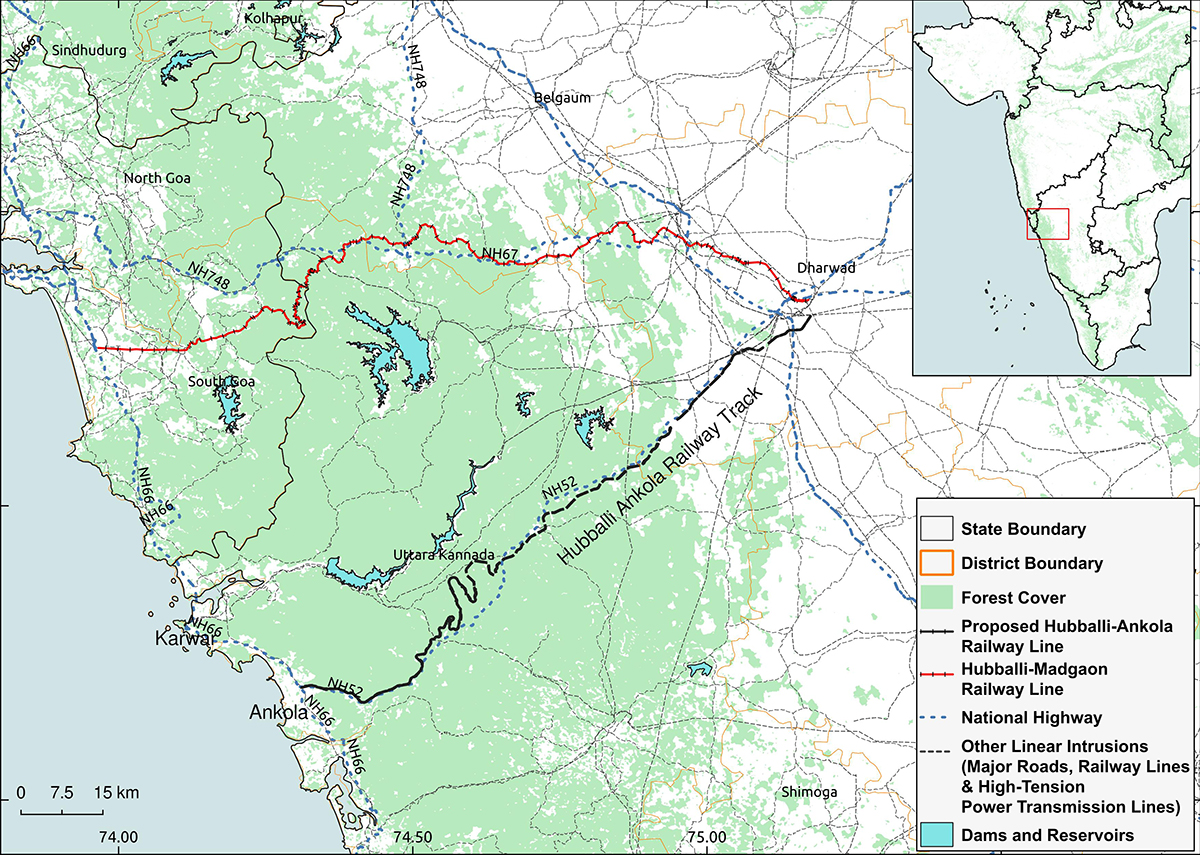
Map shows that Uttara Kannada's forests are already severely fragmented, and that the proposed HARP runs almost parallel to National Highway 52, making it redundant. Image credit: Rajat Nayak
-
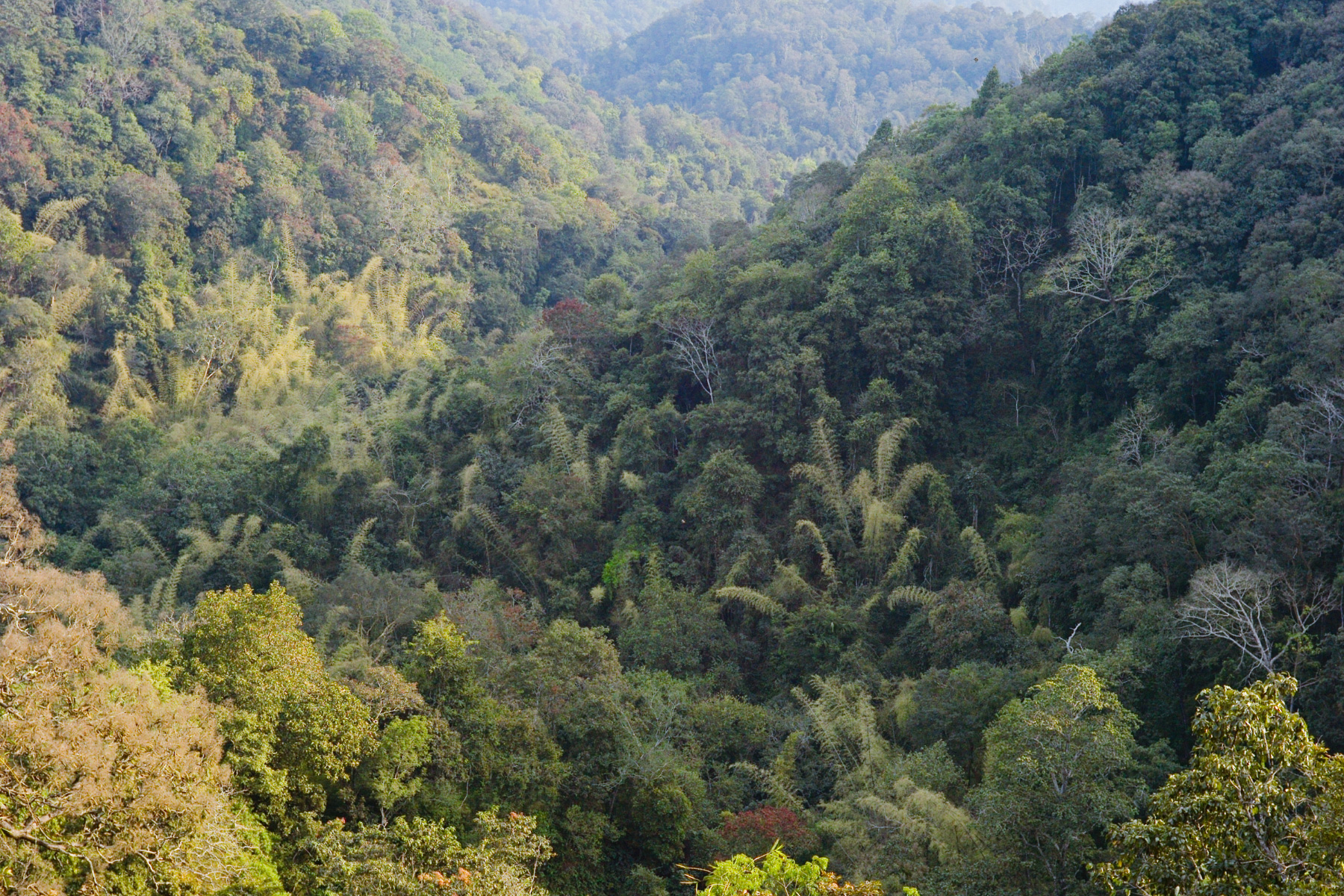
The loss of 595.64 ha of the primary forest will negatively impact both floral and faunal communities. Photo credit: Ramki Sreenivasan.
-

HARP will destroy primary undisturbed forests. Photo credit: Siddarth Machado
-
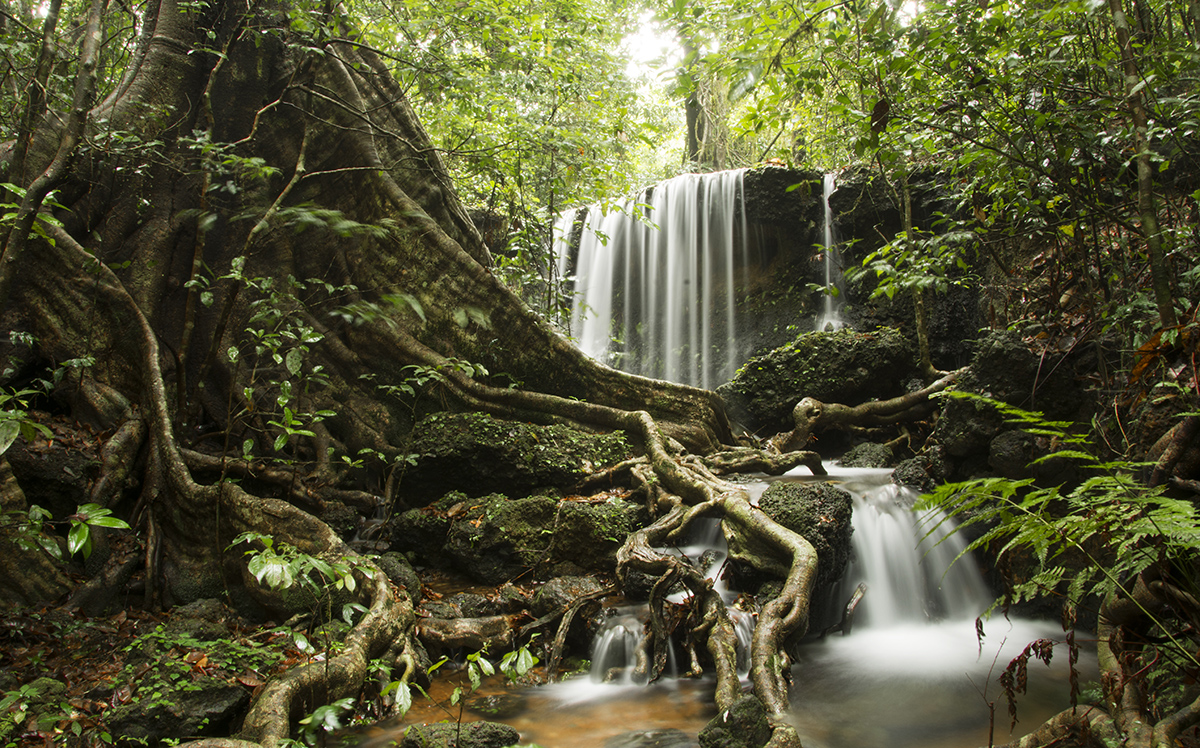
Nearly 287 streams, many of which are perennial, will be imperiled due to HARP. Photo credit: Siddarth Machado
-
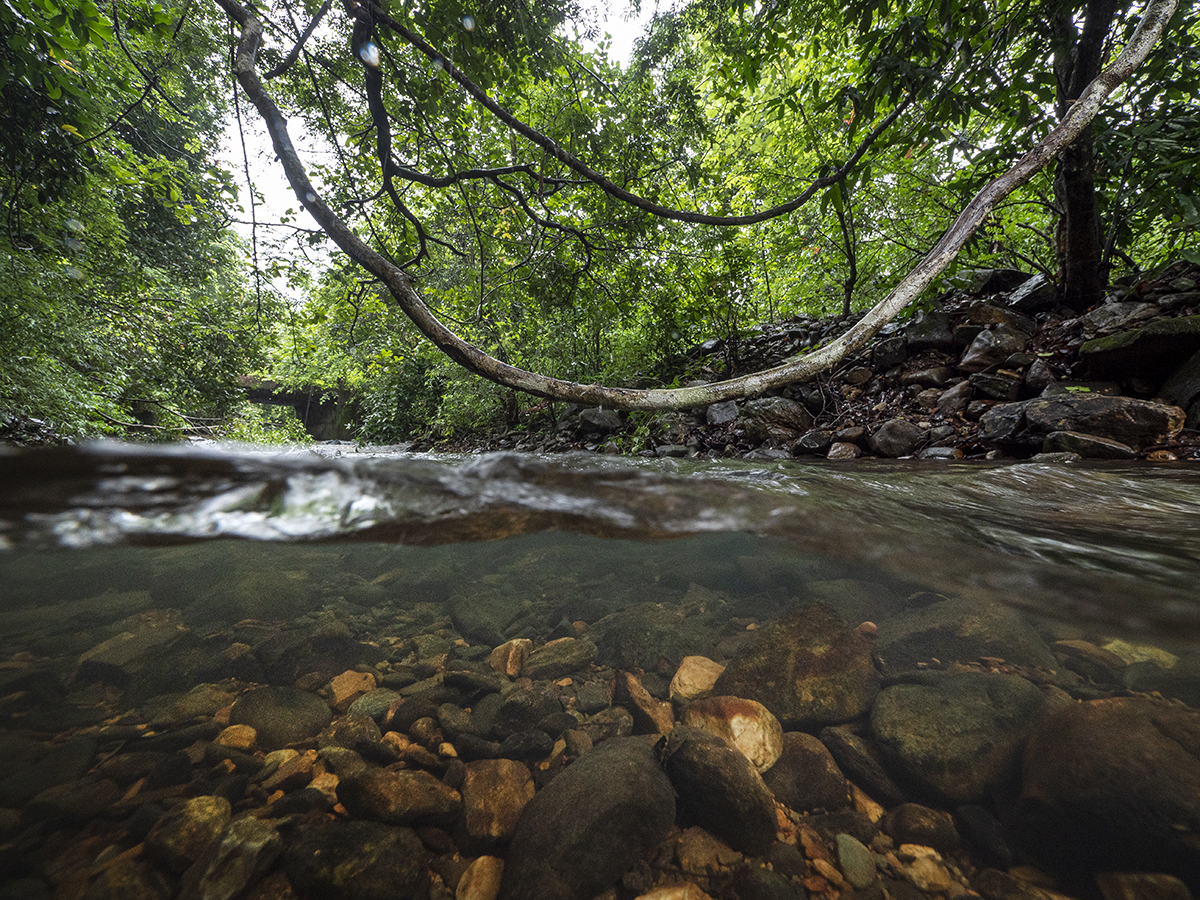
HARP will destroy rivers originating in the Western Ghats that supply freshwater to millions of people in the peninsular Indian states. Photo credit: Umeed Mistry
-
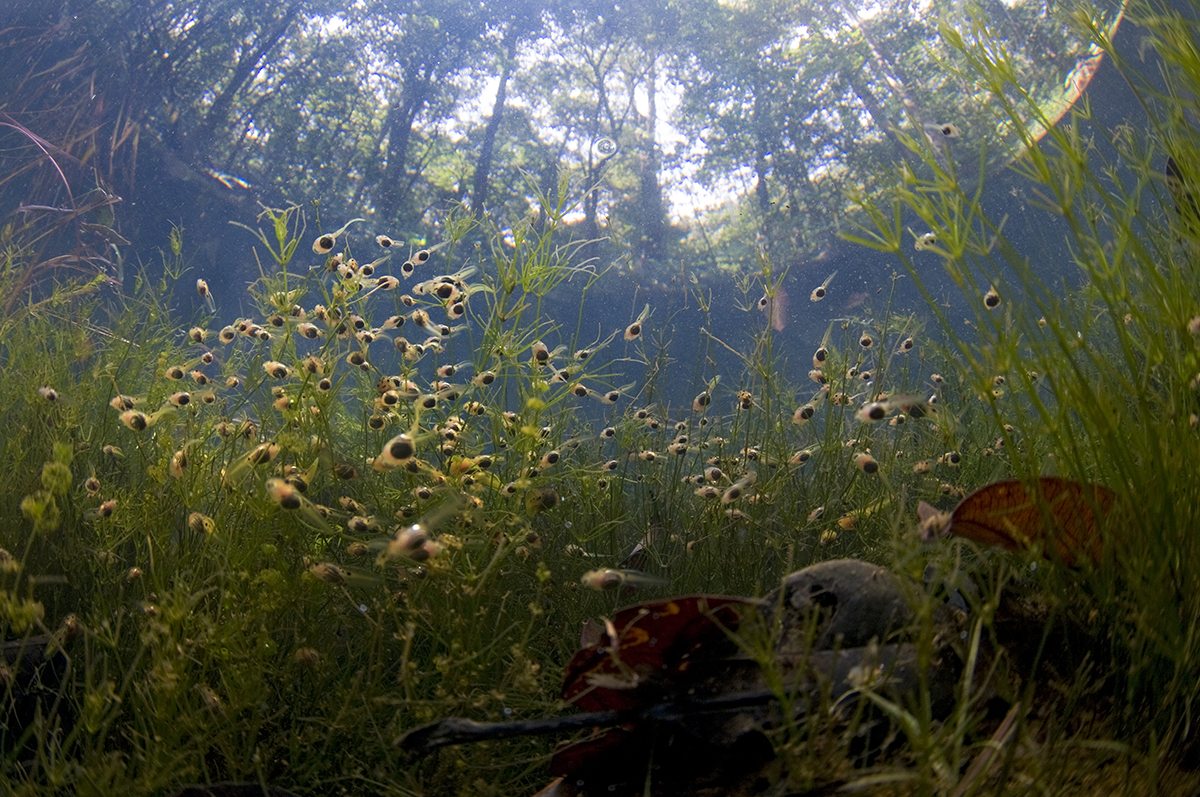
Streams are important habitats for many species of aquatic and terrestrial wildlife. Construction and rail movement will reduce habitat quality to the detriment of dependent lifeforms. Photo credit: Umeed Mistry
-
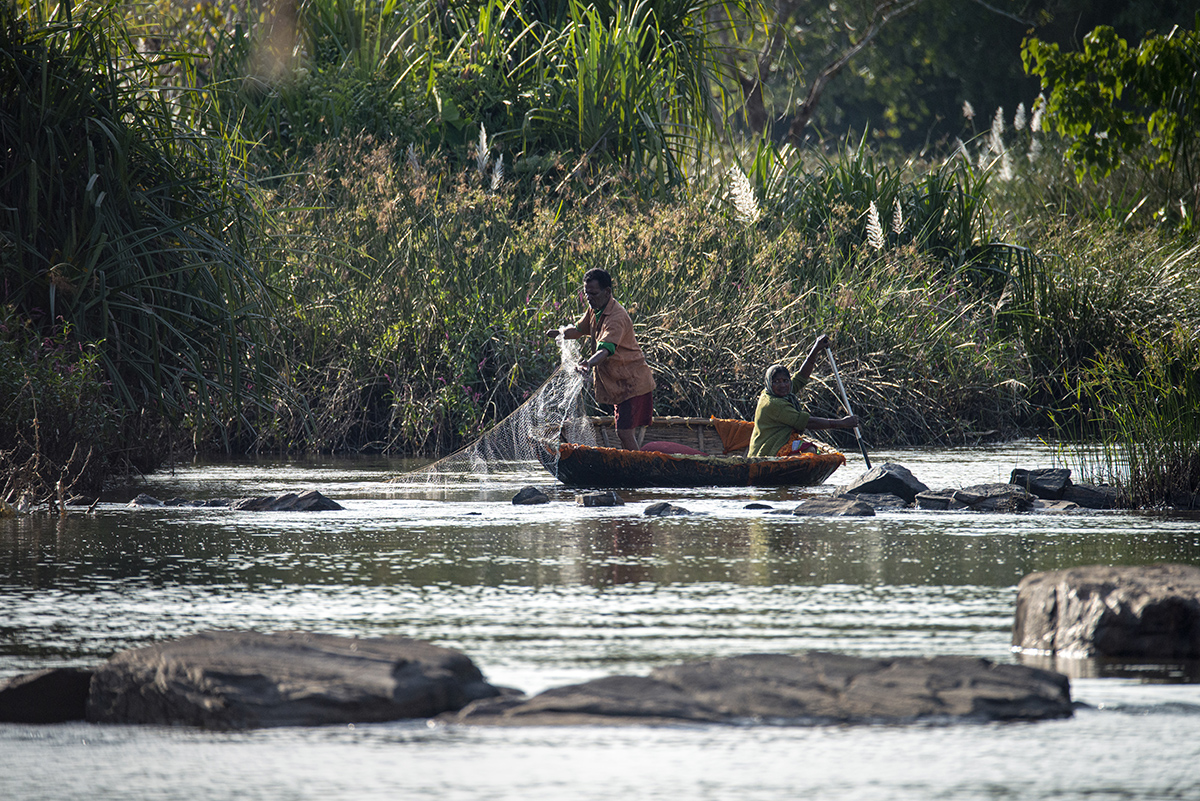
HARP will lead to contamination of streams and rivers, severely impacting livelihoods of artisanal fisherfolk downstream. Photo credit: Umeed Mistry
-

HARP will decimate populations of globally unique flora and fauna such as the rare Malabar Tree Toad. Photo credit: Seshadri K S
-
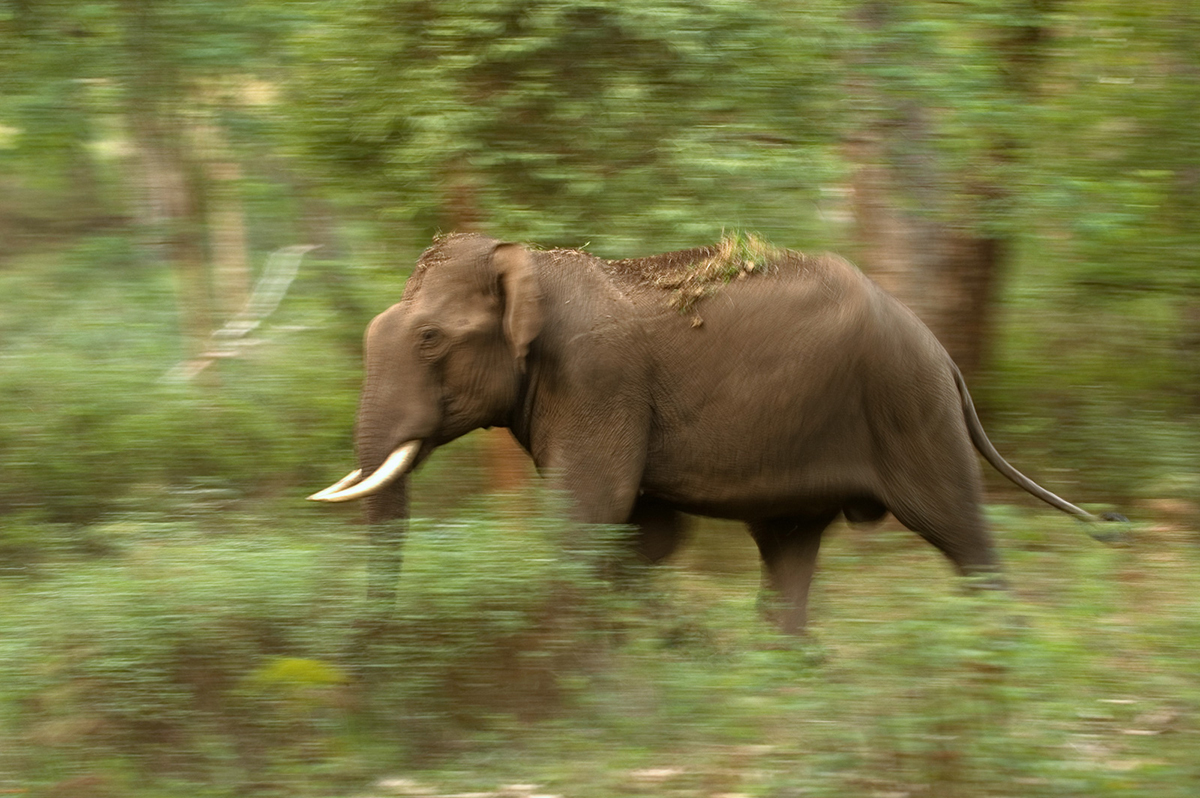
HARP will decimate populations of globally unique flora and fauna such as the Endangered Asiatic elephant. Photo credit: Kalyan Varma
-
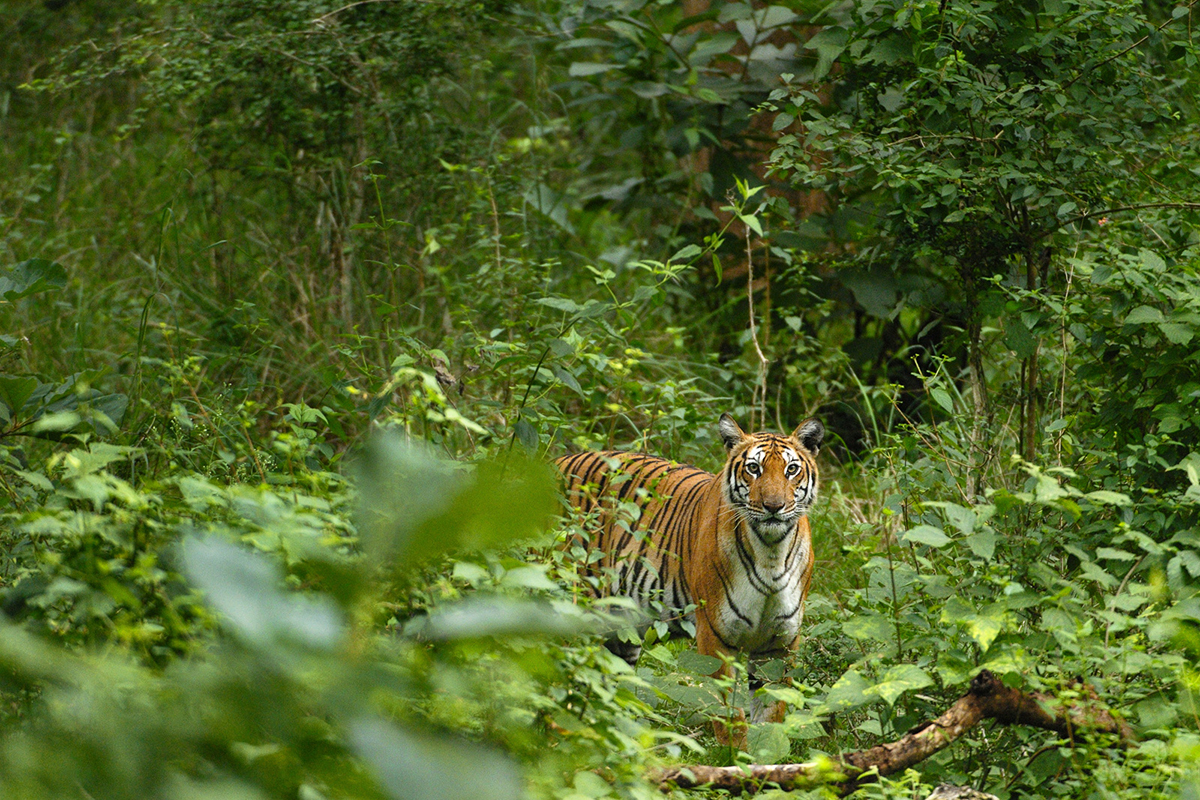
HARP will decimate populations of globally unique flora and fauna such as the Endangered Bengal tiger. Photo credit: Kalyan Varma
-
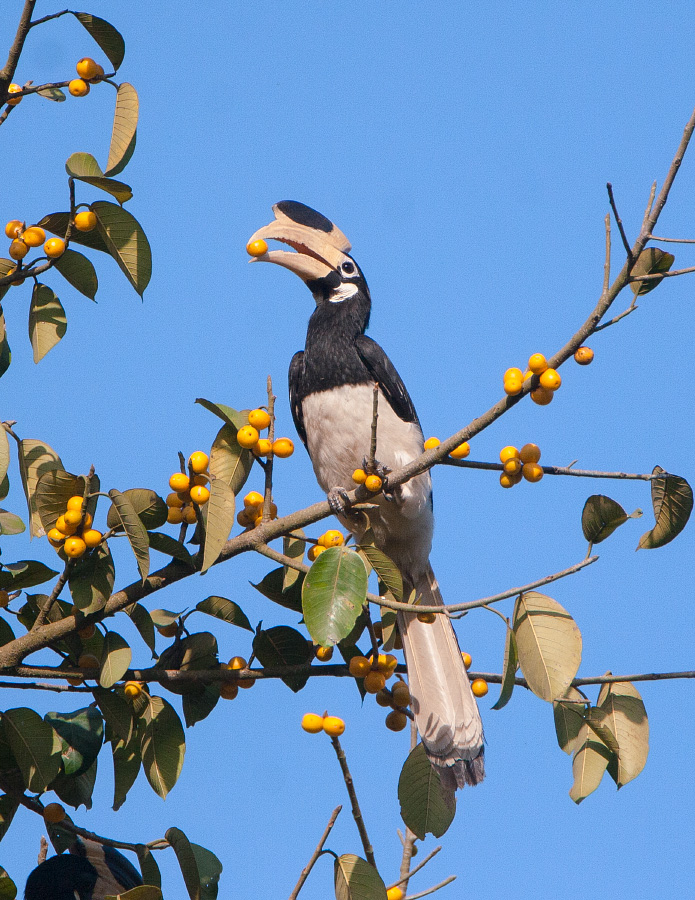
Another major concern is that the project area and its surroundings are considered a major stronghold of Great Pied and Malabar Pied Hornbills for the entire WG both of which are keystone species. Photo credit: Ramki Sreenivasan.
-
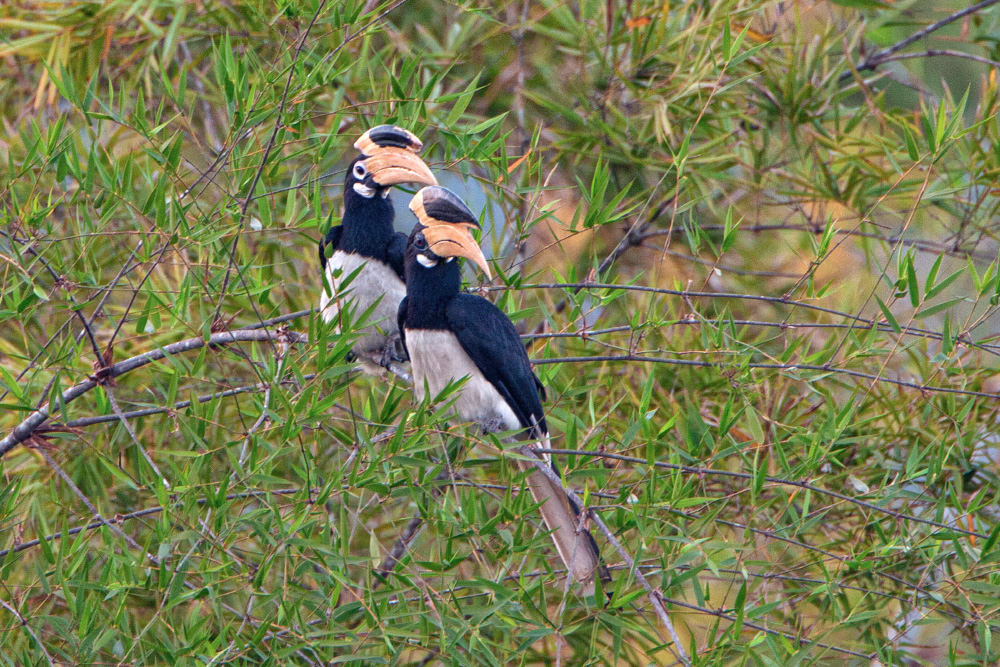
Another major concern is that the project area and its surroundings are considered a major stronghold of Great Pied and Malabar Pied Hornbills for the entire WG both of which are keystone species. Photo credit: Ramki Sreenivasan.
-
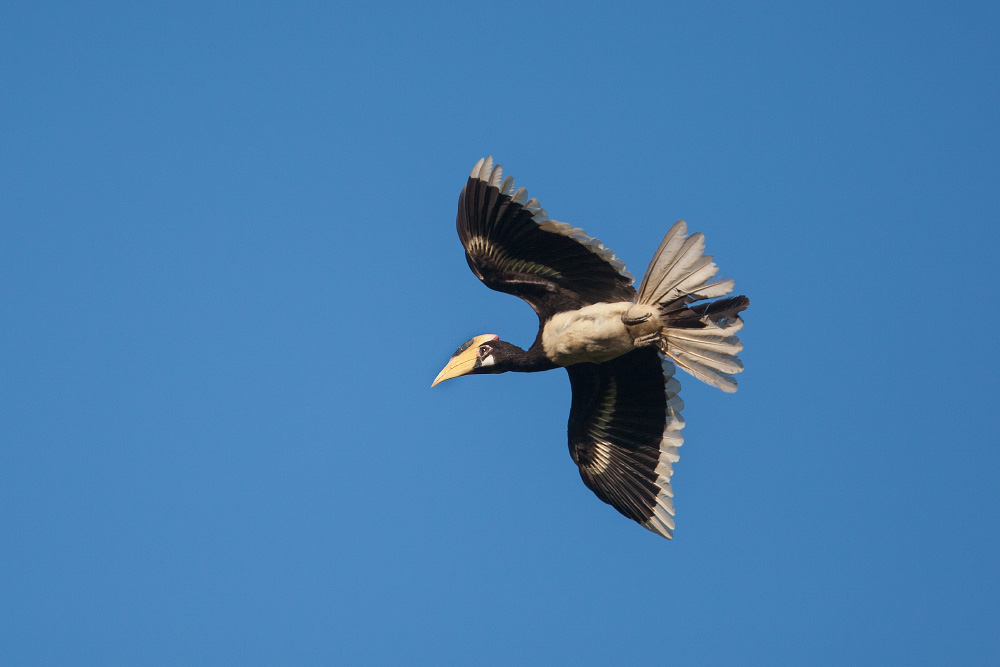
Another major concern is that the project area and its surroundings are considered a major stronghold of Great Pied and Malabar Pied Hornbills for the entire WG both of which are keystone species. Photo credit: Ramki Sreenivasan.
-
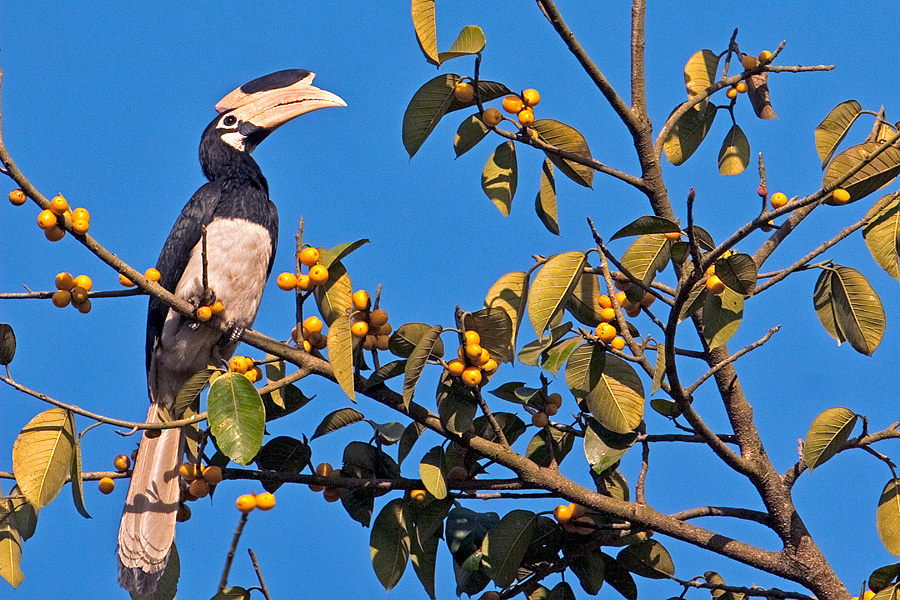
Another major concern is that the project area and its surroundings are considered a major stronghold of Great Pied and Malabar Pied Hornbills for the entire WG both of which are keystone species. Photo credit: Ramki Sreenivasan.
-
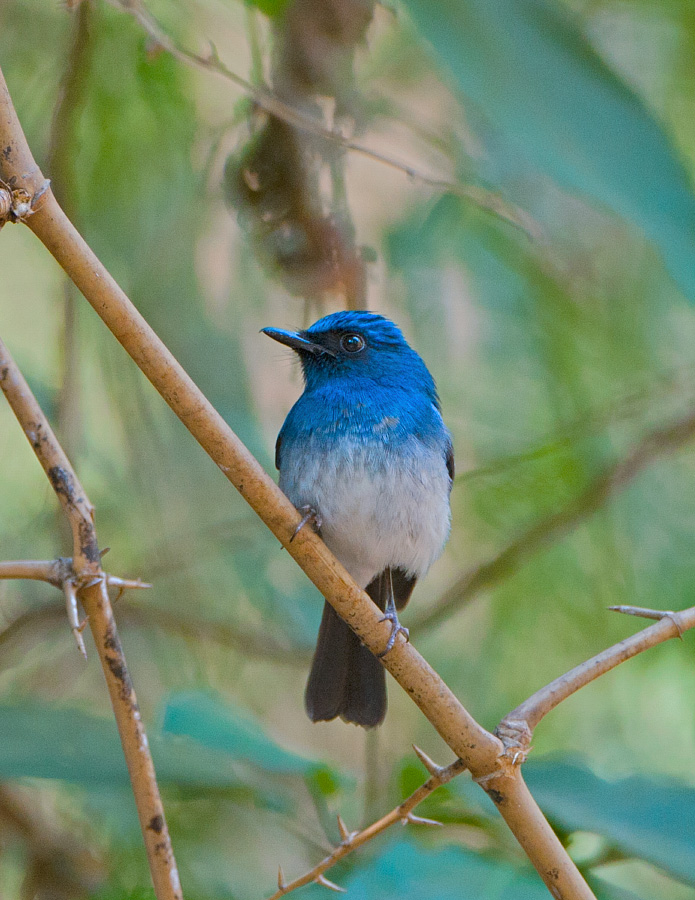
The project area falls near several Important Bird Areas, with especially high diversity of forests specialists like the endemic White-bellied Blue-flycatcher. Photo credit: Ramki Sreenivasan.
-
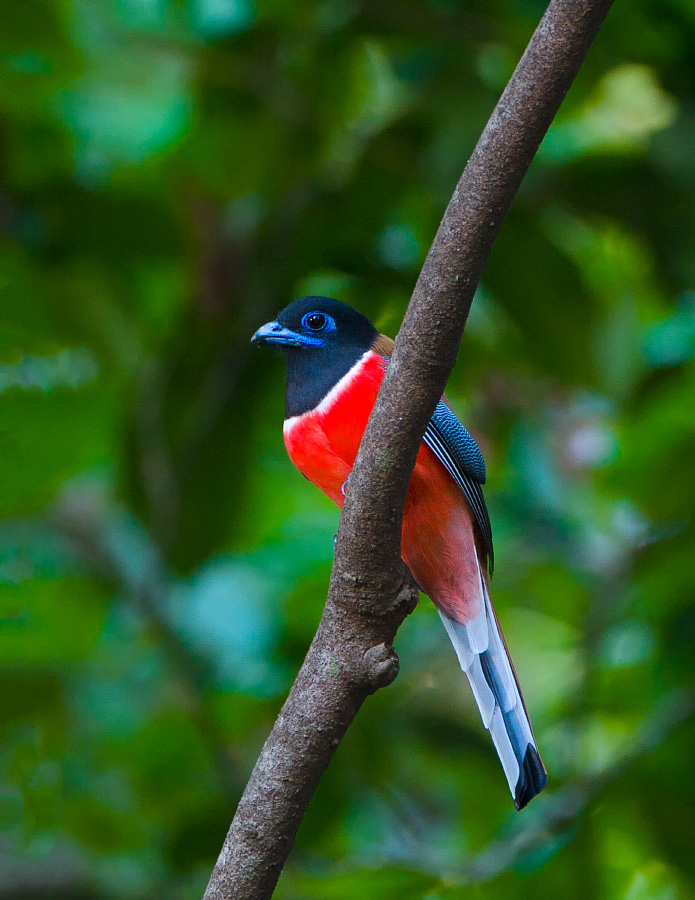
The project area falls near several Important Bird Areas, with especially high diversity of forests specialists like the endemic Malabar Trogon. Photo credit: Ramki Sreenivasan.
-
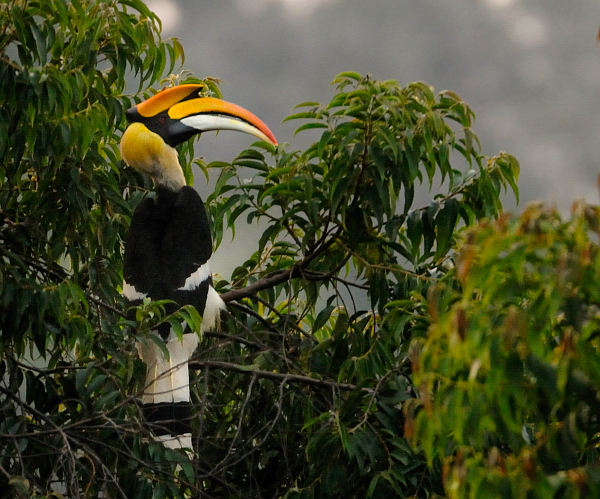
HARP will decimate populations of globally unique flora and fauna including iconic birds like the great hornbill. Photo credit: Kalyan Varma
-
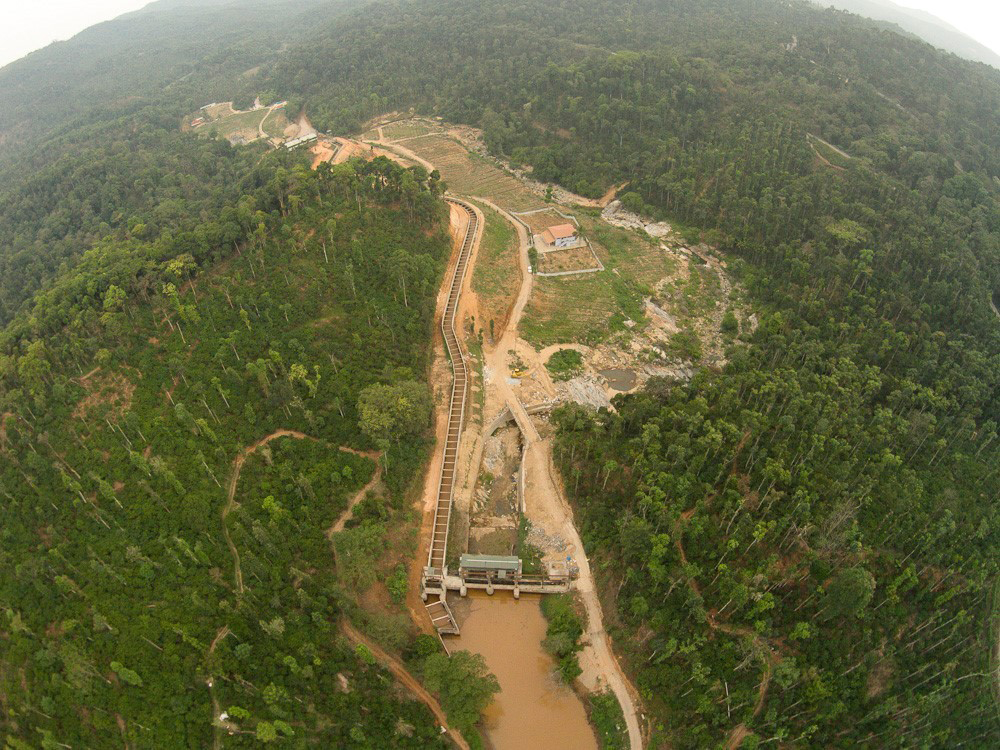
Railway lines and roads (linear intrusions) are equally dangerous like other large scale destructive projects (e.g. dams, mines). Linear intrusions can damage a much larger area than projects' propose. Photo credit: Kalyan Varma
-
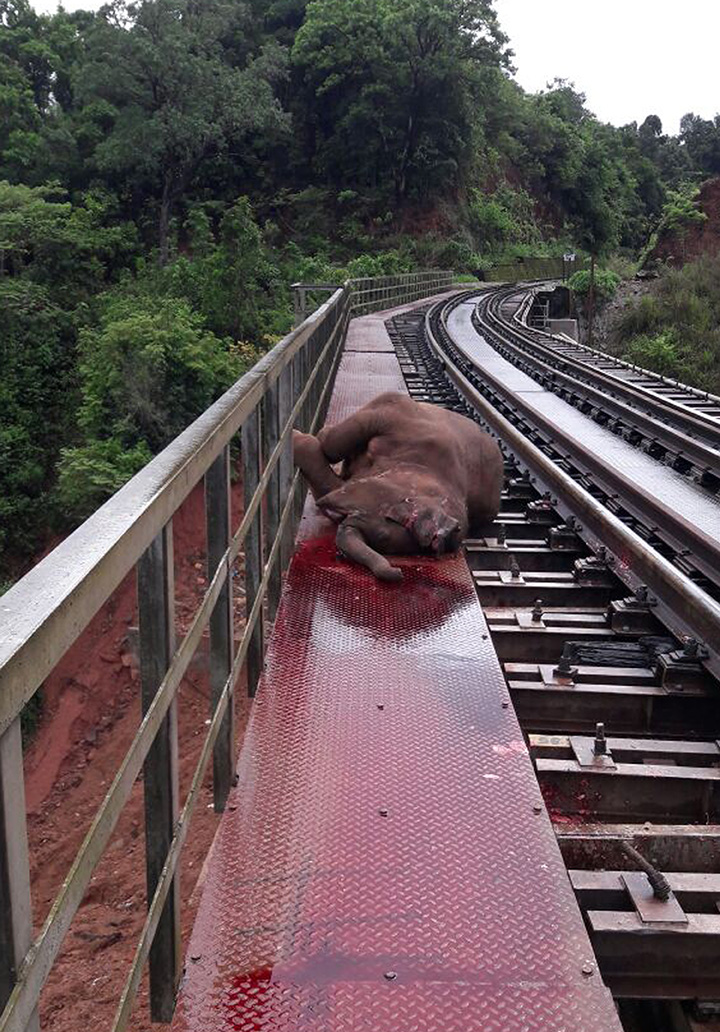
Linear intrusions into forests such as railway lines and roads not only act as barriers to faunal movement but also contribute to mortality from accidents. Photo credit: Janekere Paramesh
-
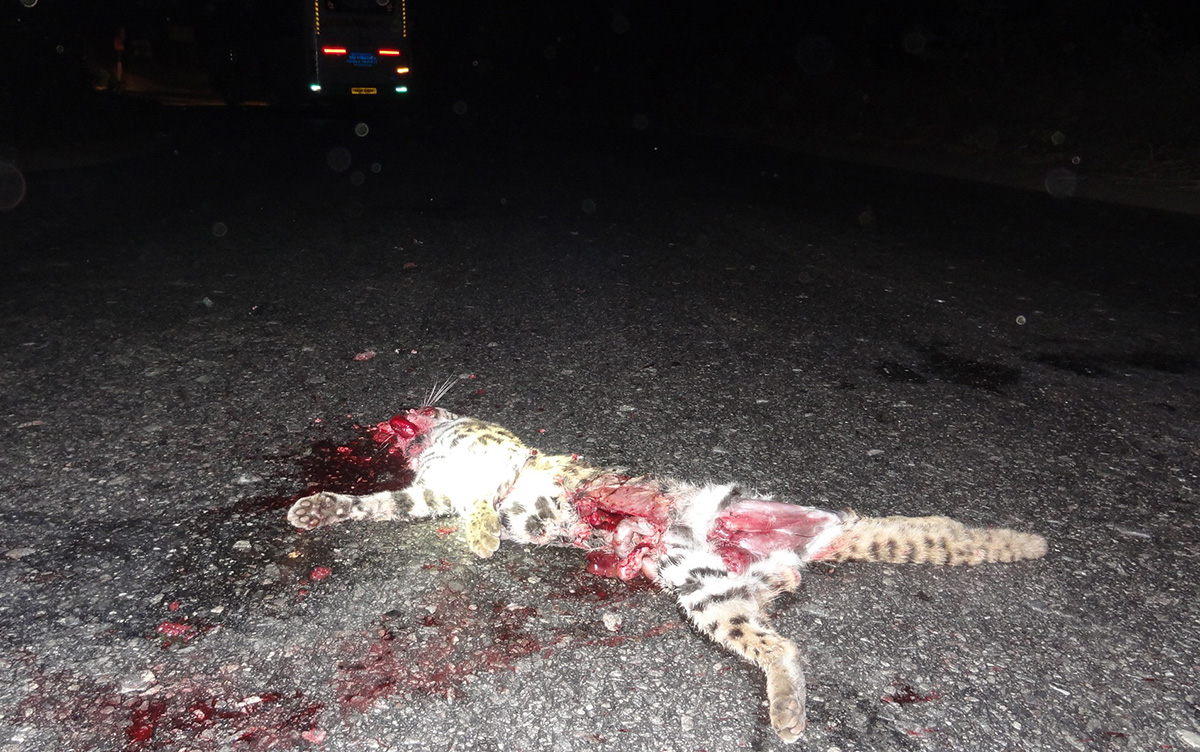
Linear intrusions into forests such as railway lines and roads not only act as barriers to faunal movement but also contribute to mortality from accidents. Photo credit: Siddarth Machado
-
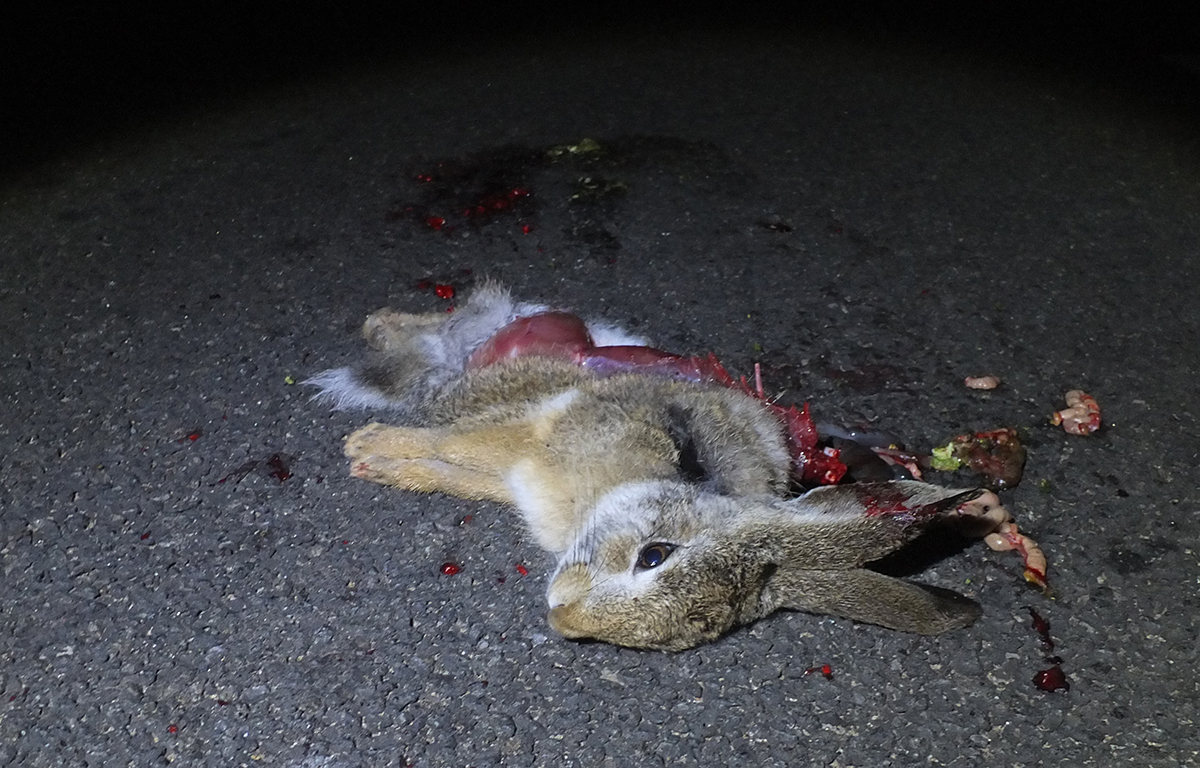
Linear intrusions into forests such as railway lines and roads not only act as barriers to faunal movement but also contribute to mortality from accidents. Photo credit: Siddarth Machado
-
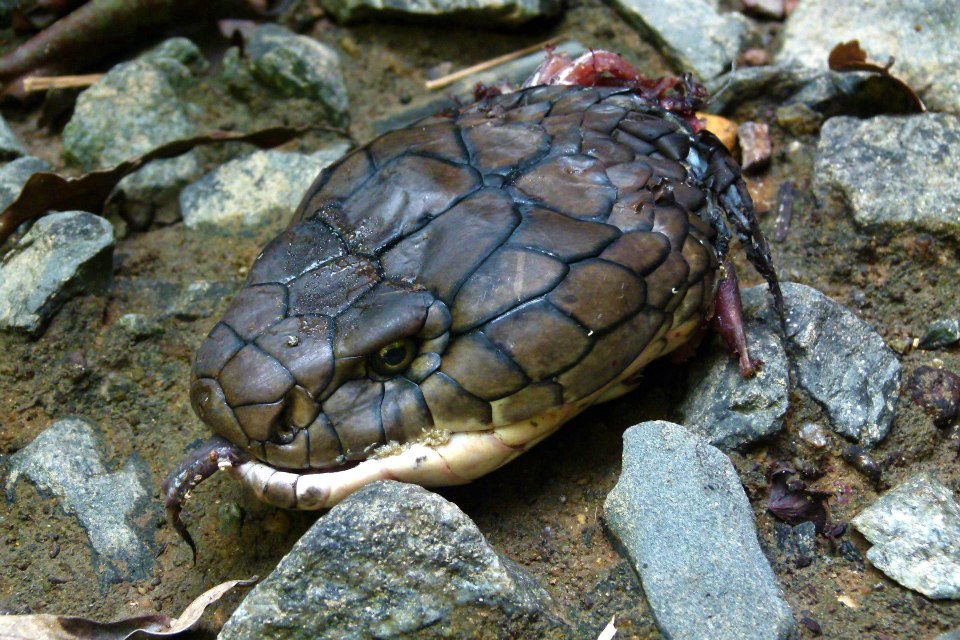
Linear intrusions into forests such as railway lines and roads not only act as barriers to faunal movement but also contribute to mortality from accidents. Photo credit: L Shyamal






















